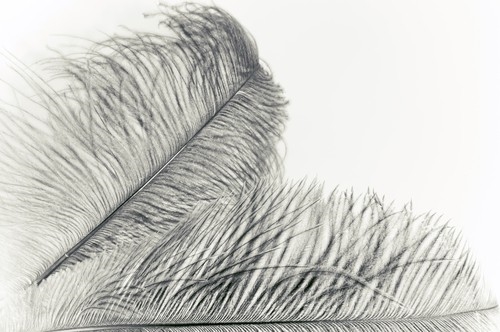Can Protective Tapes Resolve Issues in Automotive Lightweighting?

What can protective tapes do for an automakers lightweighting initiatives?
“Lightweighting,” the latest innovation in automotive manufacturing, trades heavier, more costly components for parts made from lighter metals and high-impact polymers, resulting in greater fuel efficiency for drivers and a more eco-friendly way to get around. According to The Wall Street Journal, for every 10 lbs. engineers extract with design work and material replacement, the resulting car produces 10 to 15 lbs. less carbon dioxide annually than it otherwise would.
In fact, tape has been a major contributor to this trend, as automakers switch out fasteners for adhesives to secure detailing. However, as with every burgeoning trend, the complete ramifications of lightweighting in terms of vehicle preservation have yet to be fully realized and will only come with time. Meanwhile, are manufacturers putting their vehicles at risk unnecessarily?
“PP resins struggle with scratch resistance.”
The trouble with lightweighting automobile interiors and exteriors
Before structural engineers begin reimagining the contours and materials comprising a vehicle exterior, they’ll first audit interiors for potential weight reductions as much as possible. SAE International reported many automakers choose polypropylene resins and compounds over popular polymers and polycarbonates for their instrument panels, trims and consoles due to their light weight and low cost.
PP resins, however, struggle with scratch resistance. While engineers work tirelessly to develop compounds as feathery and affordable as PP, the results have been a mixed bag, sacrificing at least one of these three desirable traits in the process.
Protective films support lightweighting initiatives
Additionally, any coating added to these interior or exterior components to protect them at assembly and throughout presale raises, however slightly, their overall weight. As beneficial as lightweighting is to an automaker’s bottom line and to its client base, the new frontier creates a lot of unknowns that could compromise the quality of the goods they produce if they aren’t careful. That said, these problems should not stop carmakers from pushing forward. Instead, they should reassess their current lightweighting strategies and consider including protective tapes.
To preserve lightweight materials during manufacturing and presale, protective films offer automotive companies an alternative to spending precious research and development funds on uncovering the perfect lightweight, scratchproof material.
Automakers can collaborate with their OEMs on a plan for applying customizable protective tapes like ProtectRite to surfaces and other components made from lighter materials to prevent abrasions caused at point of assembly. The same can be said for exteriors preserved with products like AutoWrap.
The future of the automotive industry resides in game-changers like lightweighting, so make protective tapes part of your drive forward.


